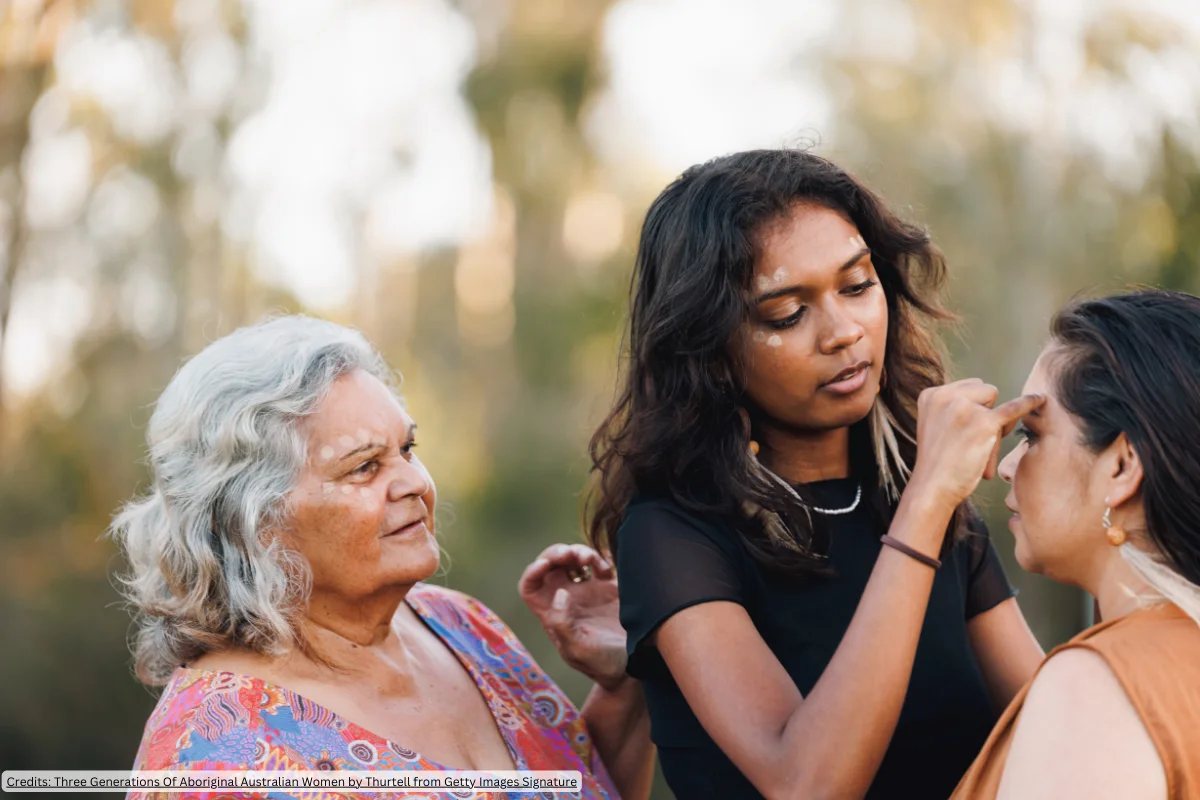With the increasing decline of volunteers in rural Australia, organisations are struggling to meet the critical needs of their clients.
Volunteers make up a vital part of Charities and Not-for-Profits’ workforce, but as Australia prepares to celebrate National Volunteer Week 2018, a recent survey has revealed a rapid decline of volunteers.
Authors of the study – Curtin University Associate Professor Amanda Davis, Professor Kirsten Holmes, and William Angliss Institute Associate Dean Leonie Lockstone-Binney – wrote in an article on The Conversation that in certain rural communities across Australia, volunteers are solely responsible for critical support.
“In rural communities across Australia, volunteers are the only source of many essential services,” the article read. “Quite simply, without volunteers, there would be no ambulance service, fire service or other critical emergency and support.”
The article reported that more than 35 per cent of 10,000 rural Australian volunteers were planning to leave regional areas, citing lack of services and high costs of access.
According to the National Rural Health Alliance (NRHA), people living in rural areas are 140 per cent more likely to die than those in major cities with 400 per cent likely to die due to diabetes and 220 per cent more likely to commit suicide.
NRHA CEO, Mark Diamond, said: “There is so much work to do to deal with the huge disparity in health outcomes between urban and rural Australia. Country people don’t live as long and have higher rates of disease and injury.”
The recent survey found that volunteering “was a way of life in these communities” with two thirds of the non-retired population involved in local volunteering of some sort. This is far higher than the national average of 31 per cent.
Residents involved in local volunteering had typically lived in rural communities, had young children and were working on farms or in small businesses. A majority of those surveyed reported volunteering greatly contributed to their “overall happiness and a strong sense of community” with the locals.
Volunteering Australia CEO, Adrienne Picone, said volunteering yields a 450 per cent return for every dollar invested. This is a $290 billion social and economic contribution.
“There are 5.8 million Australians who are engaged in formal volunteering activities and programs. This figure does not account for the millions of other Australians who informally gave their time to volunteering programs, activities and initiatives.
“But this support may be a thing of the past,” the article cites. “Australia’s rural communities are facing a looming volunteering crisis, driven in part by a rapidly ageing population, and residents moving away from rural communities.
“This is combined with volunteer burnout as the government defunds essential services in these areas, leaving volunteers to pick up the slack.”
According to Volunteering Australia’s ‘State of Volunteering in Australia Report’, the decline in volunteers is due in part to people increasingly becoming time poor, the uneven dedication to community services, and lack of proper skills.
The authors suggest local governments should explore virtual or online volunteering to encourage support and to think creatively about how rural volunteering can be supported and moved away from the traditional “city-centric approaches”.
“Policies should be developed by those most closely involved with volunteering – that is, rural residents themselves. Reducing the red tape around funding initiatives and allowing rural communities to explore more innovative funding schemes would also instantly reduce the workload and pressure on rural volunteer-based organisations.”












